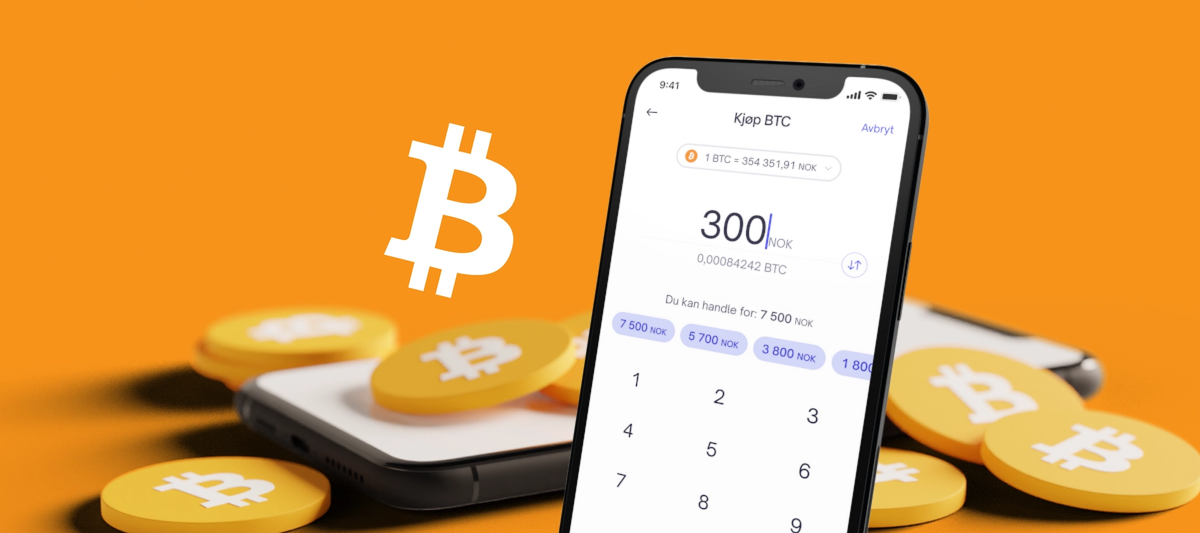In the financial world, the practice of money printing has long been a contentious topic, closely tied to the phenomenon of inflation. This article explores the history of money printing, its impact on economies like Indonesia’s, and how Bitcoin offers a promising solution to the challenges posed by inflation.
The History of Money Printing
The practice of money printing, or increasing the money supply, is not a new concept. However, a significant turning point came in 1971 when the United States abandoned the gold standard, a system where the value of a currency was directly linked to a certain amount of gold. This decision marked the beginning of an era where governments could print money more freely, without the constraint of gold reserves, leading to concerns over inflation and the devaluation of currency.

Jerome-Powell-printing-money
The Impact on Indonesia
For countries like Indonesia, excessive money printing can have dire consequences. It can lead to inflation, where the value of money decreases, and the prices of goods and services rise. For Indonesian citizens, this means their savings could lose value over time, and their purchasing power diminishes. The everyday person finds it increasingly difficult to afford basic needs, affecting overall economic stability and individual financial security.
The Solution to Money Printing
The traditional approach to combat inflation has involved tightening monetary policy, such as raising interest rates. However, these measures can have mixed effects and often come with their own set of challenges. This is where Bitcoin emerges as an innovative solution.
Bitcoin: A Hedge Against Inflation
Bitcoin, the first decentralized digital currency, was created in 2009 as a direct response to the financial crisis and the practices of excessive money printing by central banks. Its design offers a stark contrast to traditional fiat currencies:
– Limited Supply: Bitcoin has a capped supply of 21 million coins, making it immune to the devaluation effects of money printing.
– Decentralization: Without a central authority to dictate its issuance, Bitcoin operates on a consensus mechanism maintained by a global network of computers.
– Transparency: Bitcoin’s blockchain technology ensures that all transactions are recorded transparently, preventing the hidden inflation of the money supply.
Bitcoin in Indonesia
For Indonesian citizens, Bitcoin represents a tool for financial freedom and a hedge against inflation. By saving in or mining Bitcoin, they can protect their wealth from the eroding effects of money printing. Moreover, Bitcoin’s global nature offers Indonesians an alternative financial system that is not bound by the local currency’s vulnerabilities.
Conclusion
As the global economy continues to grapple with the consequences of excessive money printing, Bitcoin stands out as a beacon of stability. Its inherent features of limited supply, decentralization, and transparency present a viable solution to inflation. For Indonesian citizens and others around the world, Bitcoin not only offers protection against the devaluation of money but also provides a pathway to achieving greater financial sovereignty.





